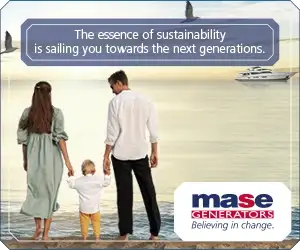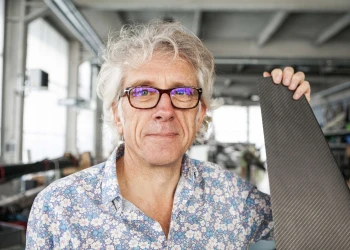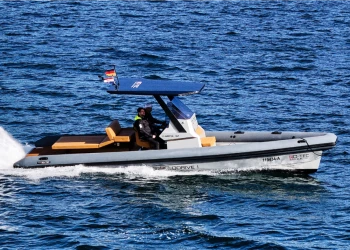
Behind the scenes at eD-TEC’s first all-electric high performance eD-QDrive sea trials
eD-TEC’s first all-electric high performance eD-QDrive sea trials
It was Thomas Edison, the famous American inventor, who suggested that genius was one percent inspiration and 99 percent perspiration. For the Believer Team at marine tech start-up eD-TEC, the path to the commercial launch of the all-electric, high-performance eD-QDrive certainly proves the point.
The company’s genius is to be found in an all-new plug-and-play electric sterndrive system and the technology stack that accompanies it. Unveiled during the Cannes Yachting Festival in September 2022, it quickly sent excited shockwaves through the yachting industry with the promise of the first commercial installation on a powercat design called the Silent-Speed 28 in early 2023 set to show just what this high-power system can deliver.
The brainchild of former VW Group Chief Strategy Officer Michael Jost, who has gathered a team of believers working both within eD-TEC and as partner companies, the eD-QDrive comprises a transom-mounted sterndrive unit with surface-piercing propeller that is linked to a high-power electric motor, in turn fed by a battery bank with a high C-rate, and controlled by an advanced hardware and software backbone.
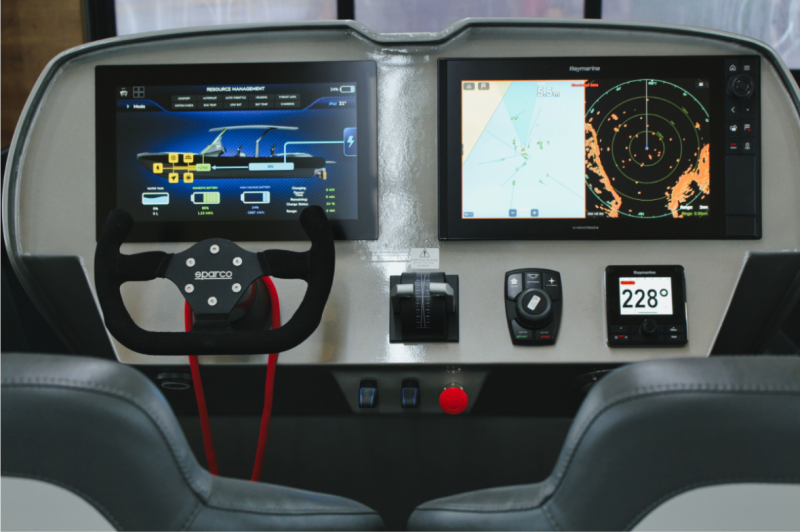
Testing times
With the inspiration unveiled, the perspiration began and, as Jost well knows having overseen the transition of a multinational car giant from combustion engines to electric power, being a pioneer of the next big thing often means contending with lots of little issues that arise along the way.
“We meant to start on-water testing in October 2022, so we are six months behind our own timescale,” Jost admits. “But we have found problems and we have learnt a lot – that’s the way it is with prototypes and with new technologies. In the automotive industry, making the same transition, some of our models were delayed by two years or more while the technologies were refined and issues resolved. A friend of mine told me recently that when you have an all-new technology stack, like eD-TEC does, you have to add pi – in other words, multiply the original timescale by 3.14!”
The good news is eD-TEC hasn’t had to “add pi”, because the team hope to be testing fully in the water in the next two to three weeks both using the powercat and also a striking-looking monohull they built specially as a test platform. “We also fully expect to find new problems because there is no one else developing this type of high-performance, full-electric technology,” Jost adds. “There is no one else who can climb the mountain but us.”
“The boat is ready, the drives are ready and we are finally ready for the sea,” Jost continues. “The tech is much more complex than even we realised, but we challenge ourselves and we have fixed problem after problem, because in the real world, between the idea on a sheet of paper and the final successful product there is a lot of pain.”
Because much of the technology is entirely new, and different even to that used in electric cars, the eD-TEC Believer Team are coming across some interesting problems. One of the most persistent in the initial test phase has been the discovery of high electromagnetic noise from the high-torque motors, which in turn can cause electrical interference in other systems and circuits. This, says Jost, is one of the challenges in breaking new ground by using far more powerful motors than have yet been implemented in the marine sector.
“How do you avoid electrical noise? It’s not so simple,” Jost states. “We’re dealing with a 700-volt system, extremely high torque motors, and more than 100kW continuous supply, although we didn’t expect quite so much electrical noise. So we’ve worked with our electric partners Baumüller to understand the problem and find a solution, and we are implementing that now. We have learnt a lot.”
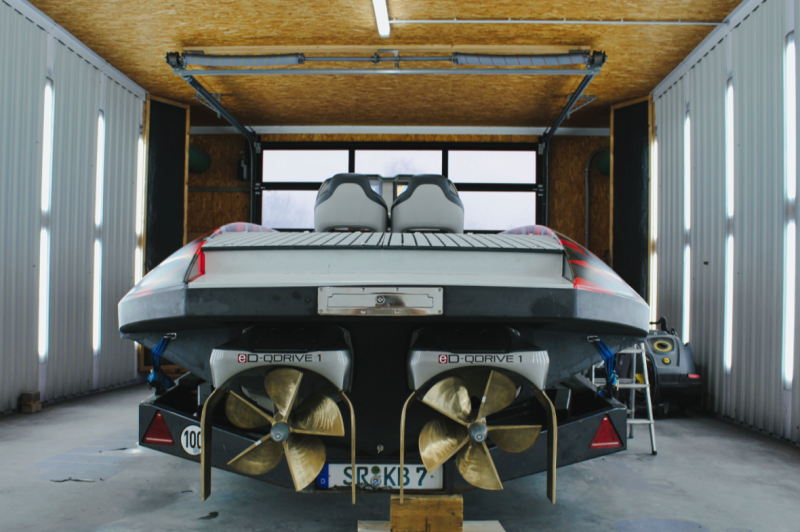
The joys of boats
It hasn’t just been the electrical noise that has been causing headaches – the team has also experienced the frustrations of a boat that any one of us has probably encountered before, namely finding little water and oil leaks on the test rig that actually have very little to do with the drive system itself. It has, however, helped deliver proof of concept for the plug-and-play nature of the eD-QDrive. “The plug-and-play system works very well, and we know that because we’ve had to unmount and mount the drives several times during installation and problem-solving in this test phase!” Jost laughs. “We can exchange the drive within an hour, which was a key benchmark when we were developing the system because it makes it super easy for fitting and for maintenance.”
The team is also learning to be a little more patient in their build process for testing. “At first we integrated everything – the heat exchanger, the inverter, the sensors, noise control, everything – but now we realise that in the real world that’s not so easy,” says Jost. “So now we are creating a much more robust system, and with the electrical noise under control the next big step will be thermal management. We also had some initial issues with a new, dedicated gearbox we developed for the drive, but that’s now been sorted out too.”
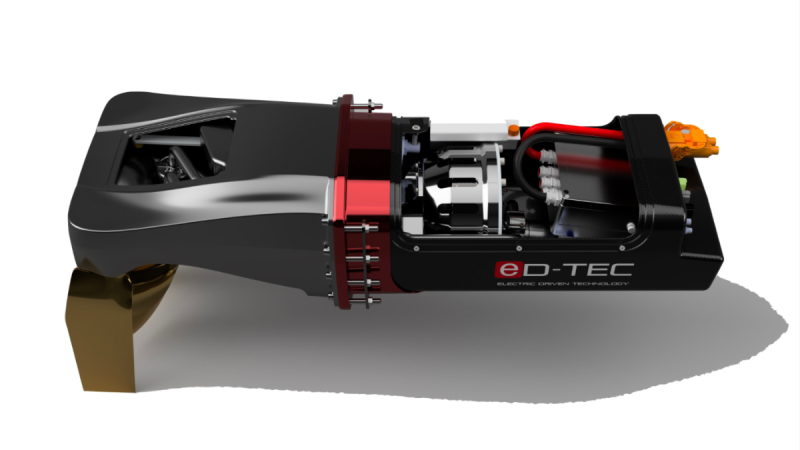
Game-changer
For all the drama – and the perspiration – Jost points out that these are the necessary steps you have to make when you set out to change the game. And importantly the trials, tests and problem-solving have proven two things – that the concept behind the system works, and that the eD-QDrive and its supporting technology stack also works. The test boat has already shown that with both motors running simultaneously at up to 800rpm in the test pool. The next step will be a full sea trial on a lake for the monohull and catamaran with the drives opened up to 4,000 rpm, and the ability to do that is thanks to the diligent testing and problem-solving by the entire eD-TEC believer family.
“People think it’s easy to build an electrical drive system,” Jost concludes, “but it really isn’t as simple as it looks! That has been our experience over the past six months, and in the end that is part of eD-TEC’s added value, because now we know how to deal with and solve the complex problems that arise in a very high-performance electric drive system. The genius simplicity and ease of use for the boatbuilder and the end user of the Q-Drive belies the technical complexity and the perspiration behind its development.”


